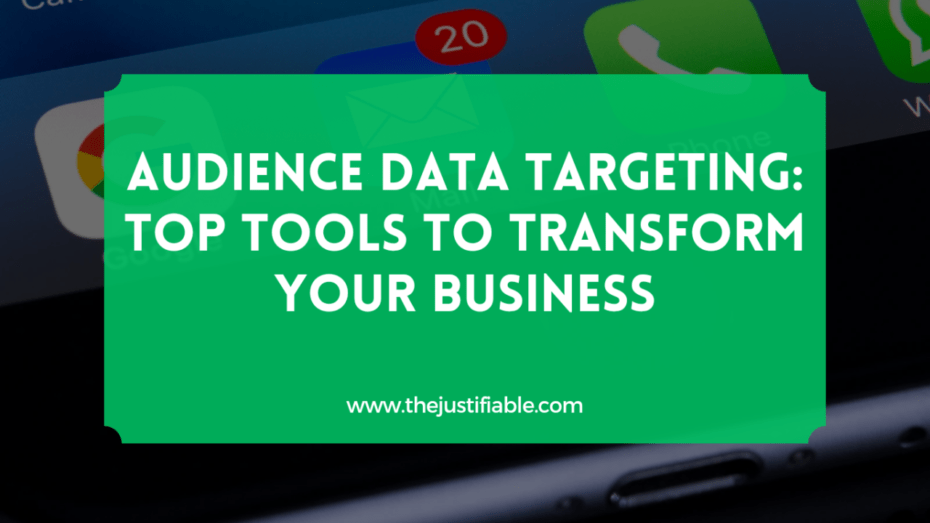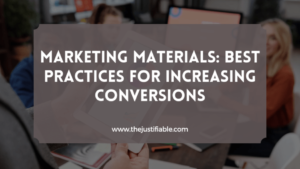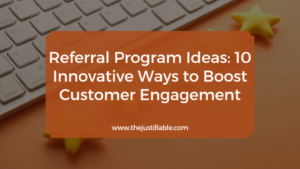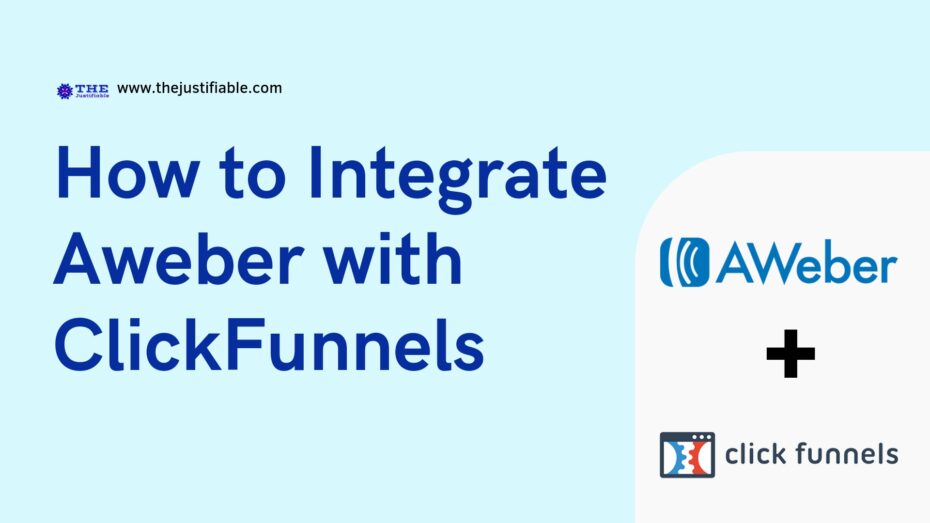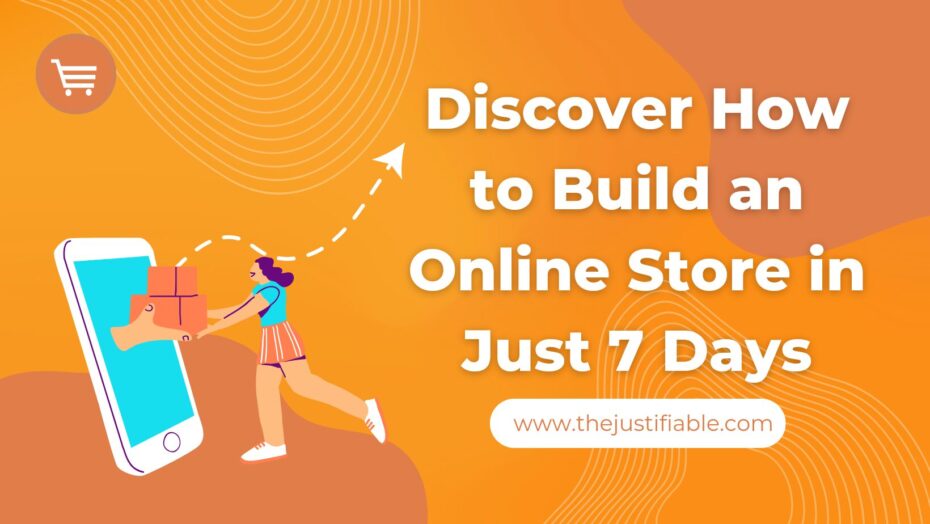In the digital era where personalization and relevance rule the marketing landscape, audience data targeting has emerged as a critical strategy for businesses seeking to optimize their marketing efforts.
This method involves collecting and analyzing various data points about customers or potential customers to create targeted and personalized marketing campaigns. Audience data targeting enables businesses to understand their audience’s behavior, preferences, and needs, leading to better engagement, conversions, and customer satisfaction.
Today, companies across sectors leverage audience data targeting to shape their products, services, and communications. This approach helps them remain competitive in today’s consumer-centric market landscape, where consumers increasingly expect personalized experiences.
Audience data targeting isn’t just a nice-to-have strategy anymore; it’s a fundamental necessity for businesses seeking to build meaningful relationships with their audience. It offers a way to reach the right audience at the right time with the right message, ultimately driving higher engagement and conversions. Audience data targeting also informs product development, market segmentation, and sales strategies, making it integral to overall business growth and success.
Understanding Audience Data Targeting
Before delving into the tools and techniques, it’s important to grasp the concept of audience data targeting.
What is Audience Data Targeting?
Audience data targeting is a strategic approach that involves collecting, analyzing, and utilizing data about a specific audience to enhance marketing efforts and business operations.
The data typically includes demographic information such as age, gender, and location, behavioral insights like browsing history or past purchases, and psychographic data, which encapsulates the audience’s attitudes, interests, and opinions.
In the age of big data, audience data targeting is more than just collecting raw numbers. It’s about transforming this data into actionable insights that can inform marketing strategies, product development, customer service, and other areas of business.
The primary objective of audience data targeting is to deliver more personalized and relevant content, products, or services to each segment of the audience. By doing so, businesses can significantly enhance customer experience, engagement, and loyalty, leading to increased conversions and revenue.
The Evolution of Audience Data Targeting
Over the years, audience data targeting has evolved significantly, driven by technological advancements and shifting consumer behavior. In the early days of advertising, marketers relied primarily on demographic data and basic market research to target their audiences.
However, this approach often resulted in broad, one-size-fits-all marketing campaigns that lacked personalization.
The advent of digital technology changed the game entirely. The rise of the internet, social media, and mobile devices enabled marketers to collect a vast array of data about their audience’s behaviors, preferences, and interactions.
This marked the beginning of a new era in audience data targeting, where marketing messages could be tailored to individual customers based on their unique data profiles.
The growth of artificial intelligence (AI) and machine learning technologies in recent years has further enhanced the sophistication of audience data targeting. These technologies allow for real-time data processing and predictive modeling, enabling marketers to anticipate future customer behaviors and deliver personalized experiences at scale.
The Significance of Audience Data Targeting for Businesses
In today’s competitive business environment, audience data targeting is not just a marketing strategy; it’s a business imperative. By understanding their audience at a granular level, businesses can create personalized experiences that resonate with their audience, fostering deeper connections and loyalty.
Audience data targeting offers a myriad of benefits for businesses. It allows for more effective segmentation and targeting, leading to more efficient and effective marketing campaigns. It also informs product development and innovation, enabling businesses to create products and services that meet their customers’ specific needs and preferences.
Moreover, audience data targeting enhances customer experience by ensuring that customers receive relevant and personalized content. This not only increases customer satisfaction but also drives higher engagement and conversion rates. Given these benefits, it’s no surprise that audience data targeting is increasingly becoming a critical component of successful business strategies.
Top Tools for Audience Data Targeting
In order to effectively execute audience data targeting, businesses need to employ robust tools that can collect, analyze, and leverage audience data. Let’s explore some of the top tools that can elevate your audience data targeting efforts.
Google Analytics
Google Analytics is a free web analytics tool offered by Google that tracks and reports website traffic. It’s one of the most widely used tools for audience data targeting due to its comprehensive data collection and analysis capabilities.
One of the key features of Google Analytics is its Audience reports, which provide insights into the characteristics of your website visitors. These reports include demographic information, user interests, geographic location, and device usage. With this data, you can create targeted marketing campaigns that cater to the specific needs and preferences of different audience segments.
Additionally, Google Analytics allows for the setting up of conversion goals to track how well your site fulfills your target objectives, making it a vital tool in measuring the effectiveness of your audience data targeting strategies.
Facebook Insights
Facebook Insights is a powerful tool for audience data targeting on one of the world’s largest social media platforms. This tool provides detailed analytics about your Facebook Page’s performance, giving insights into your audience’s behaviors, interactions, and demographic information.
Facebook Insights lets you understand the content your audience engages with, when they are most active, and their demographic breakdown. Using this data, businesses can create more targeted and effective social media strategies. Furthermore, these insights can be used to inform Facebook’s ad targeting options, enabling you to reach a more specific audience with your promotional content.
SEMRush
SEMRush is a comprehensive digital marketing toolbox that offers various tools for SEO, content marketing, competitive research, and audience data targeting. With SEMRush, you can get insights into your audience’s interests, the keywords they’re searching for, and their online behavior.
One of SEMRush’s standout features for audience data targeting is its Keyword Magic tool. It allows you to find the right keywords for your SEO and PPC campaigns, helping you to attract a more targeted audience. Furthermore, SEMRush’s Traffic Analytics tool provides insights into your audience’s engagement with your website, enabling you to optimize your site for better user experience and conversions.
Adobe Analytics
Adobe Analytics is a sophisticated audience data targeting tool that offers deep insights into customer behavior. It goes beyond basic reporting to provide predictive analytics, customer segmentation, and real-time data analysis.
With Adobe Analytics, businesses can gain a deeper understanding of their audience through detailed reports on customer journeys, interactions, and preferences. These insights allow businesses to deliver personalized experiences and marketing messages that resonate with their audience. Adobe Analytics also provides AI-driven predictive insights, enabling businesses to anticipate customer needs and engage with them more effectively.
HubSpot
HubSpot is a comprehensive marketing, sales, and service platform that offers a variety of tools for audience data targeting. Its CRM system allows businesses to manage their contacts, track customer interactions, and segment their audience based on various criteria.
HubSpot also offers a powerful analytics dashboard where you can track your website performance and understand how visitors are engaging with your site. This data can inform your content strategy, helping you to create content that attracts and engages your target audience.
Moreover, HubSpot’s marketing automation features allow you to personalize your marketing campaigns based on your audience data, leading to more effective audience targeting.
How to Choose the Right Tool for Audience Data Targeting
Choosing the right tool for audience data targeting is a crucial step for any business. The right tool can not only help you understand your audience better but also enhance your marketing strategies and drive business growth. Here are some factors to consider when selecting an audience data targeting tool.
Understanding Your Business Needs
Before you begin exploring different tools, you first need to understand your own business needs for audience data targeting. This involves identifying the specific data points you want to collect about your audience. Are you more interested in demographic data, behavioral data, or psychographic data? Or do you need a combination of all three?
Also, consider the size and nature of your business. Small businesses might not need as extensive features as large corporations. Similarly, B2B businesses might have different audience data needs compared to B2C businesses. By identifying your specific needs and goals, you can narrow down your options and choose a tool that is the best fit for your business.
Evaluating the Tool’s Features
Once you have a clear understanding of your business needs, you can start evaluating the features of different audience data targeting tools. Some features to consider include data collection capabilities, data analysis tools, data visualization features, and integration with other software or platforms.
For instance, Google Analytics offers a broad range of data collection and analysis features, while Facebook Insights provides in-depth analytics for social media audience data. Meanwhile, tools like SEMRush and HubSpot offer additional features like keyword research and marketing automation, which might be beneficial for businesses with specific needs.
Take time to explore each tool’s features, and consider how they align with your business needs. This will help you select a tool that not only fulfills your requirements but also enhances your audience data targeting strategies.
Cost-Effectiveness
Finally, consider the cost-effectiveness of each tool. This involves not only considering the cost of the tool but also the value it provides for your business. Remember that a higher price doesn’t always mean better value. Some tools may offer a wide range of features that your business might not need, making them less cost-effective.
When assessing cost-effectiveness, consider factors like the time saved by using the tool, the insights gained, and the impact on your marketing outcomes. You should also consider the scalability of the tool. Will it still be cost-effective as your business grows?
Case Studies: Successful Application of Audience Data Targeting
To better understand the impact of audience data targeting, let’s delve into a couple of case studies that illustrate how businesses have effectively used these strategies for growth and success.
Case Study 1: Google Analytics
Airbnb, a global online marketplace for lodging and tourism experiences, provides an excellent example of effective use of Google Analytics for audience data targeting.
Airbnb sought to understand user behavior on their platform, specifically focusing on the booking process. They wanted to know where potential users were dropping off before completing a booking, with the aim of enhancing user experience and increasing bookings.
Using Google Analytics’ behavior flow report and conversion funnel visualization, Airbnb was able to identify specific stages in their booking process where users were dropping off. This data gave them the insights needed to refine their booking process, making it more intuitive and user-friendly.
Moreover, by leveraging demographic and interest data provided by Google Analytics, Airbnb could segment their users and create personalized marketing campaigns. For example, they targeted adventure-seeking millennials with unique, off-the-beaten-path travel experiences, while they offered family-friendly accommodations to users traveling with kids.
Through these audience data targeting strategies, Airbnb was able to significantly enhance user experience, improve booking conversion rates, and create more targeted and effective marketing campaigns.
Case Study 2: Facebook Insights
A fantastic example of the effective use of Facebook Insights for audience data targeting comes from BarkBox, a monthly subscription service providing dog products, services, and experiences.
BarkBox was looking to increase engagement and conversions from their Facebook page. They turned to Facebook Insights to gain a better understanding of their audience’s preferences and behaviors.
Analyzing their post data, BarkBox discovered that videos featuring certain types of dog breeds consistently garnered more likes, shares, and comments. Armed with this information, they began to create more breed-specific content, targeting fans who owned or showed interest in those particular breeds.
Moreover, BarkBox used Facebook Insights to understand when their audience was most active on the platform. They adjusted their posting schedule accordingly to ensure their posts reached the maximum number of fans.
By using audience data targeting strategies informed by Facebook Insights, BarkBox was able to significantly increase engagement on their Facebook page, leading to higher click-through rates to their website and increased conversions.
The Future of Audience Data Targeting
As technology continues to evolve, so do the strategies and tools for audience data targeting. The future of audience data targeting is likely to be driven by several emerging trends.
First, artificial intelligence (AI) and machine learning (ML) are set to play a significant role. AI and ML algorithms can analyze massive amounts of data quickly and accurately, providing insights that would be impossible for humans to extract. In the future, these technologies will enable even more precise audience segmentation and personalized marketing.
Second, privacy regulations will increasingly influence audience data targeting. With the introduction of regulations like the General Data Protection Regulation (GDPR) in Europe and the California Consumer Privacy Act (CCPA) in the U.S., businesses will need to be more transparent about how they collect and use audience data.
This will require the development of new targeting strategies that respect user privacy while still delivering personalized experiences.
Finally, as consumers become more digitally savvy, they will demand more control over their data. This will drive the need for tools and strategies that allow for audience self-segmentation, where users can choose how they want to be targeted based on their preferences and interests.
Conclusion
Throughout this article, we’ve explored the concept of audience data targeting and reviewed some of the top tools that businesses can use to collect and analyze audience data. From Google Analytics to Facebook Insights, each tool offers unique features that can help businesses better understand their audience and tailor their marketing efforts accordingly.
However, the key to successful audience data targeting lies not just in the tools you use, but also in how you interpret and apply the data these tools provide. Understanding your audience’s needs, preferences, and behaviors, and then using this information to create personalized, engaging experiences is what truly drives business growth and success.
As we look to the future, the importance of audience data targeting is only set to increase. With developments in AI, machine learning, and privacy regulations, businesses must stay ahead of the curve to remain competitive. By leveraging audience data targeting, businesses can not only survive but thrive in this ever-evolving digital landscape.


